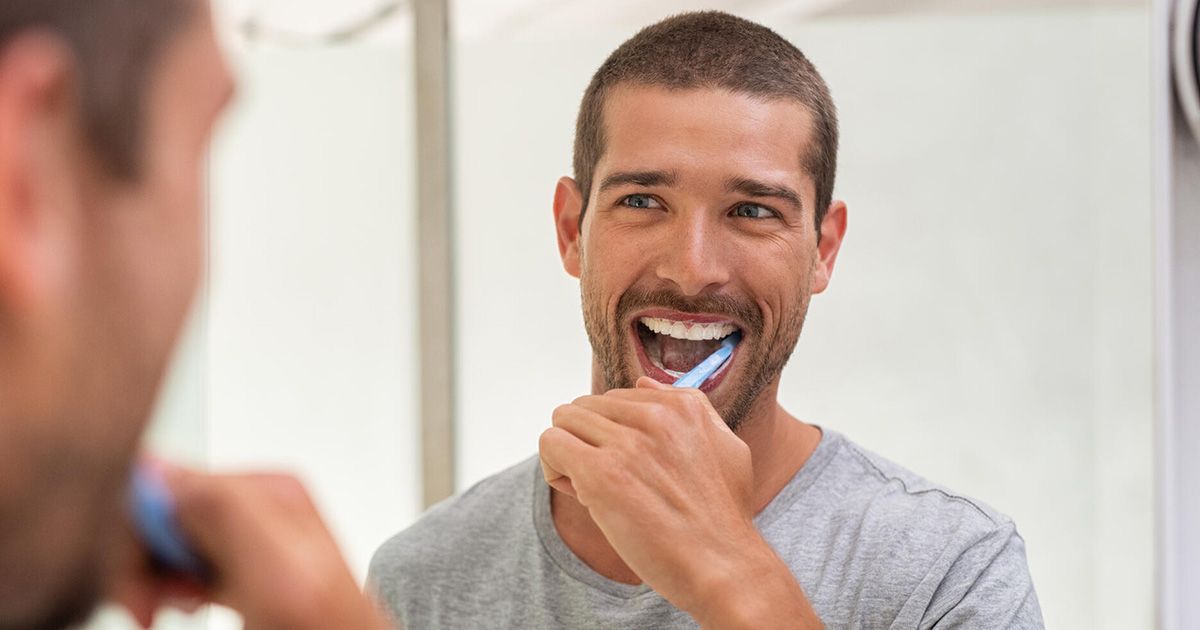A Complete Guide to Root Canals
A dental treatment used to repair and save a decayed or infected tooth, explore everything you need to know about root canals.
15 million people per year see the dentist for a root canal procedure. For some people, root canals can seem scary. But when you know more about what a root canal is, you can face it with confidence.
So what are root canals, and what do you need to know? If you're planning on getting a root canal, read more about root canals from a dentist in Brewster, NY.
What Is a Root Canal?
Certain dental problems like dental decay, injury, or illness may cause infections and potentially tooth loss. In order to preserve the tooth, your dentist may perform a root canal treatment.
Infections often impact the pulp and nerve of your tooth, causing pain and discomfort. A dentist performs a root canal to eliminate or scrape the infection and inflammation out of the root of your tooth. Doing so potentially saves the tooth.
While there are other reasons for tooth decay or pain, your dentist suggests a root canal when the root and pulp of your tooth are infected. If the infection isn't removed, you may suffer from intense pain, tooth loss, or other health problems as the infection could spread to the rest of your body.
Possible Symptoms a Root Canal Is Needed
Only your dentist can decide if a root canal is the right procedure for you. However, you can help your dentist by explaining your symptoms. Some symptoms that indicate you might need a root canal are:
- Pain and swelling of the tooth or gums
- Chipped or cracked teeth
- Tooth and gum sensitivity
- Darkening of the tooth
- An abscess forming on the gums
While these are some symptoms a root canal is needed, you should always check with your dentist and
schedule an appointment for a consultation for any signs of pain.
What Is a Root Canal Procedure Like?
So how long does a root canal take, and what is the procedure like? Here are some things you can expect when you go in for your root canal.
Before your appointment, your dentist will talk to you about a root canal and why they believe you need one, and how you'll benefit from it. You schedule your appointment and come back for the actual procedure. Be sure to follow your dentist's instructions before arriving for your procedure, if there are any.
First, the dentist may take x-rays of your tooth. After the x-rays, the dentist will administer some form of anesthesia to make the procedure more comfortable.
The dentist can discuss anesthesia options for you before they begin the root canal. For some people, a local anesthetic is acceptable, but other patients may want sedation.
Once you're comfortable, the dentist begins the procedure. They start by creating a hole in the top of your tooth. Then, using delicate tools, they start scraping out the inflammation and infection from the pulp.
After they've removed the infection, the dentist cleans the canals and fills the gap to seal the root canals to ensure no more bacteria enter the canals. The dentist may fill in the opening they made at the top of the tooth as well.
In order to preserve the tooth, your dentist may fashion a crown and place it over your tooth. The crown acts as a barrier to any further bacteria or decay that may harm the tooth. After the placement of the crown, your root canal procedure is complete.
A root canal typically takes one visit and may last anywhere from 60-90 minutes. Depending on the severity of the infection, you may need to return for a second visit.
Root Canal Recovery
If you're wondering how long to recover from the root canal, the answer is "it depends." Most people do fairly well during recovery with the at-home management of pain.
Your dentist may prescribe an antibiotic to combat the possibility of other infections, or they may prescribe pain relievers. You can also manage your discomfort with ice and over-the-counter pain medications.
For several days following the procedure, you'll likely experience swelling and sensitivity. Eventually, it will pass, but until then, you can take it slow when eating, drinking, and speaking. Choose soft foods or only chew on one side of your mouth, but only eat after the anesthesia wears off.
You can likely return to your normal diet after your follow-up appointment. At this appointment, your dentist checks to make sure your root canal is successful and asks you questions about your recovery. They'll clear you for normal activity if your recovery goes as expected.
Problems With Your Root Canal
While root canals have a high success rate and last a very long time, you'll want to be on alert in case something goes wrong with your root canal. This is why having a root canal with a qualified and skilled dentist is extremely important.
Contact your dentist if you have any of the following symptoms after your root canal:
- Pain at the site
- Increased sensitivity
- Inflammation, redness, or swelling of the gums
- Pressure in the tooth
- Bleeding
- Difficulty eating
As always, call your dentist with any questions about your root canal, even if you're unsure about whether or not there's a problem.
Getting Root Canals With a Dentist in Brewster, NY
A root canal may seem like a scary treatment, but there are plenty of ways your dentist can make you feel comfortable and confident. Root canals can save your teeth and give you a life without pain and infection.
Are you experiencing tooth pain? Do you think you need a root canal? Contact our office today to set up your appointment!
Dr. Rohit Z Patel
D.D.S
After graduating at the top of his class, Dr. Patel continued his postgraduate studies in endodontics at Columbia University College of Dental Medicine in New York. He was appointed to assistant clinical professor of dentistry at Columbia University and later moved on to teach at the Montefiore Medical Center’s Department of Dentistry. Westchester Magazine recognized Dr. Patel as a “Top Dentist for 2012.”
Dr. Arpita Patel
D.D.S
Dr. Arpita S. Patel graduated with a DDS degree from the university College of Dentistry in 2015. Dr. Patel is experienced with an array of restorative dentistry procedures, including dental implants and many other treatments that can improve dental health, function, and appearance.
Dr. Yung Kim
D.D.S
Dr. Yung Kim is a double board certified Periodontist and board certified Prosthodontist, educated to treat many extremely complex disorders involving gum disease, tooth decay, and oral pathology. His focus is on full-mouth, complex, surgical, and reconstructive dentistry. He has extensive knowledge of implant dentistry and advanced surgical procedures, specializing in teeth in a day and All-on-Four implants. He is also Invisalign certified and experienced with CAD/CAM restorations and dentures.
Dr.Santvana Vyas
D.D.S
Dr Vyas attended NYU College of Dentistry and earned DDS in 2016 at the top of her class. She was inducted into Omicron Kappa Upsilon (OKU), the national dental honor society and earned Outstanding Achievement Award in study of Prosthodontics.
Dr Vyas is an active member of American College of Prosthodontics (ACP) and American Dental Association (ADA). She is appointed as a Clinical Assistant Professor at NYU College of Dentistry. She is married and is blessed with two sons.

















